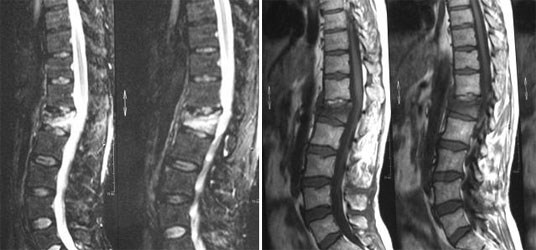
Bone disease has been thought to affect as many as 200 million women all over the world, according to the International Osteoporosis Foundation. Aging and old men also face this condition that weakens bone structures. Another bone ailment that many people suffer from is vertebral compression fracture, which happens as a result of bone disease or trauma.
Many of the people who suffer from these bone related diseases and other injuries such as spinal fractures are usually advised by doctors to use back braces, have bed rest, or take drugs to deal with back pain. But if all of these noninvasive methods fail, doctors may render their conditions as kyphoplasty indications.
This is a type of a procedure done to correct the spine. It is mainly done to relieve back pains, which are often a result of bone disease or other complex spine conditions, like breaks in the bones. Kypho is a simple surgery that requires only a small needle inserted through the skin to the affected or fractured spine. The needle injects bone cement into the spine. It can also be done to secure fractured or weak spine bone, as well as to bring back bone height.
The method can fairly help young patients with the same problems, too.
Other Indications
Aside from these conditions, the practice can also be done to old or weak patients who have breaks in their bones. These patients mostly have weak bones, so recovery without surgery can take long. It can also be done to old patients who have fractures in the spine as a result of a more serious disease or a tumor, or to patients with weak bones.
Patients with certain cases of bone disease or deformed spine are not advised to undergo this, though. But it can be given to patients who need bed rest, or to those patients who can’t take any kind of pain drugs.
Surgery
It must be done within eight weeks to ensure the most successful treatment of these kinds of fractures. Patients who have kyphoplasty indications will have the procedure at a hospital and can undergo either local or general anesthesia, depending on the area of the affected or fracture spine. The process usually takes about an hour per spine segment.
Afterwards, patients will be observed closely at the recovery room. They may spend at least a day in hospital, upon the advice of the surgeon. Generally, patients can’t drive after having the procedure. They will need help with transport if they will be released from the hospital. Upon clearance by doctors, patients who went through this surgery will be allowed to drive.
Outlook
As it is said to be helpful in relieving back pain, many patients who received the procedure have reported to have felt major relief right after the surgery (or within a few days at least). Some of them say they are able to perform their usual daily activities after treatment. It also frees patients from physical therapy or recovery.
- What is kyphoplasty?
- Kyphoplasty complications
- Kyphoplasty indications
- Vertebroplasty vs Kyphoplasty